Remote sensing and observation systems are an important part of modern technology, which helps in collecting information about the earth and its environment. It is very effective in observing various natural and man-made changes in the earth and the information obtained from it is used in various research, disaster management, agriculture, forestry and other fields. Let us discuss the main aspects of this technology in detail.
What is remote sensing?
Remote sensing is a technology through which the condition of an object or environment is observed from a distance. Here, “from a distance” refers to the process of collecting information on the earth’s surface from a specific satellite or aircraft. This information is usually available in satellite images, land surveys, and other data formats.
Remote sensing technology uses different types of sensors, such as: electromagnetic radiation, infrared, radio waves, etc. These sensors capture the radiation emitted or reflected from the earth and various scientific analyses are done on the basis of that.
Uses of Remote Sensing
Remote sensing technology is used in various fields: Monitoring of natural resources: It helps in determining the condition, location, and quantity of forests, rivers, seas, mines, etc. Through this, information can be collected quickly and effectively.
Disaster management: Remote sensing is very effective in predicting and monitoring the aftermath of natural disasters such as floods, earthquakes, tsunamis, etc. Satellite images can be used to determine the impact of epidemics or disasters, which is important in disaster management.
Agriculture: Remote sensing is used in agriculture to collect accurate information on soil, crop conditions and other natural environments. Through this, crop production and health can be predicted, which is beneficial for farmers.
Air pollution and environmental monitoring: Remote sensing is used to measure environmental pollution or air pollution. It helps in monitoring air quality and the presence of greenhouse gases.
Observation systems
Observation systems are a wide range of data collection systems. It helps in collecting and analyzing information using various sensors, cameras, data collection devices. This system is mainly formed by a combination of multiple technologies, such as: satellite imagery, drones, ground-based sensors, etc.
Various observation systems such as Global Navigation Satellite System (GNSS), satellite imaging, infrared thermography, etc. collect information in real time. Based on this information, scientists and researchers can make various important decisions.
Remote sensing and observation systems are very important technologies of today’s era. Through this technology, we can observe various natural and man-made changes in the world. Its use in agriculture, environment, disaster management and other fields is possible. In the future, this technology will be further developed and provide solutions to various problems, which will be beneficial for human society.
